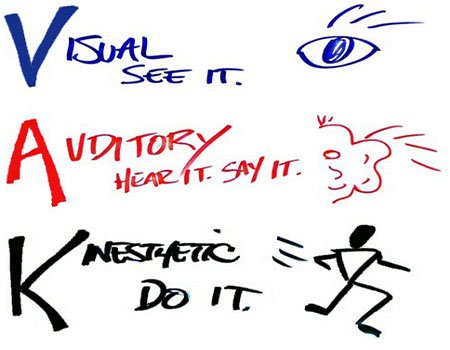Developing Kinesthetic Learning in Young Learners through Outdoor Education
Introduction:
Kinesthetic learning, also known as tactile learning, is a learning style that involves physical activities and hands-on experiences. This approach can be particularly effective for young learners in enhancing their understanding and retention of information. One of the most powerful ways to promote kinesthetic learning in children is by utilising the great outdoors and the practical learning it can facilitate. In this short article, we will explore the benefits of outdoor education/learning and provide a series of valuable tips on developing kinesthetic learning in young learners through nature-based experiences.
Benefits of Outdoor Education for Kinesthetic Learning:
1. Physical Engagement:
Engaging in outdoor activities such as climbing, running, and exploring can significantly improve physical engagement among young learners. These movements help children process information through their senses, which in turn enhances their understanding and retention of concepts. Bouldering is an excellent starting point, and many bouldering halls offer opportunities for children. Climbing plays a vital role in the development of early childhood motor skills. A study conducted by PlayCore revealed that climbing at a young age helps to improve spatial and directional awareness, as well as physical skills such as balance, hand and foot coordination, and agility.
2. Real-World Context:
Learning in a real-world context can be enhanced by nature. Children can observe practical applications of what they learn in school by understanding ecosystems, observing wildlife, or conducting simple experiments in the natural environment. Kinesthetic learners benefit from hands-on activities and experiences, as they prefer to interact with their learning materials directly, using their hands to manipulate objects, perform experiments, or engage in practical tasks.
3. Sensory Stimulation:
The outdoors stimulates all five senses, allowing children to touch, smell, hear, and see the world around them. This multi-sensory experience enhances memory and comprehension. Learning Outdoors (garethmate.com)
Tips for Developing Kinesthetic Learning Outdoors:
1. Nature Walks and Hikes:
Take children on nature walks and hikes to explore the environment. Encourage them to touch different textures, smell the flowers, and listen to the sounds of the forest. This hands-on experience will stimulate their senses and deepen their learning.
2. Outdoor Science Experiments:
Organise simple science experiments in outdoor settings. For example, study plant growth, examine soil properties, or observe the behaviour of animals. Children can actively participate in these experiments, making the learning process more engaging.
3. Gardening and Planting:
Teach young learners about botany and environmental science by involving them in gardening and planting activities. Let them sow seeds, nurture plants, and witness the growth process firsthand.
4. Nature Art and Crafts:
Encourage children to create art and crafts using natural materials they find outdoors. This hands-on, creative process enhances kinesthetic learning and fosters creativity.
5. Team Building Activities:
Engage children in team-building activities such as scavenger hunts, rope courses, or cooperative games. These activities promote physical coordination and social skills while reinforcing key concepts.
6. Journaling and Reflection:
Provide children with nature journals to document their outdoor experiences. This practice helps them reflect on their observations, reinforcing their understanding of the natural world.
Conclusion:
Developing kinesthetic learning in young learners through outdoor education is a powerful way to enhance their educational experience. Nature provides a rich and diverse learning environment that engages their senses, encourages exploration, and fosters a deeper understanding of various subjects. Educators and parents can help children develop a lifelong love for learning and a robust kinesthetic foundation for their education by incorporating outdoor activities into their curriculum.
Further reading:
Outdoor education and learning focus on hands-on activities that offer enjoyable learning opportunities for people of all ages and engage all senses. It enhances kinesthetic learning by allowing children to touch and feel things, gaining knowledge from what they discover. Exploratory and experimental activities help improve problem-solving skills, and you can find many more articles on this interesting topic online.
Kinesthetic Learning Activities for Outside - The OT Toolbox
Why Different Learning Styles Are Important In Outdoor Education - Outward Bound Blog
Recognising Different Learning Styles in the Outdoors - Adventure Treks


